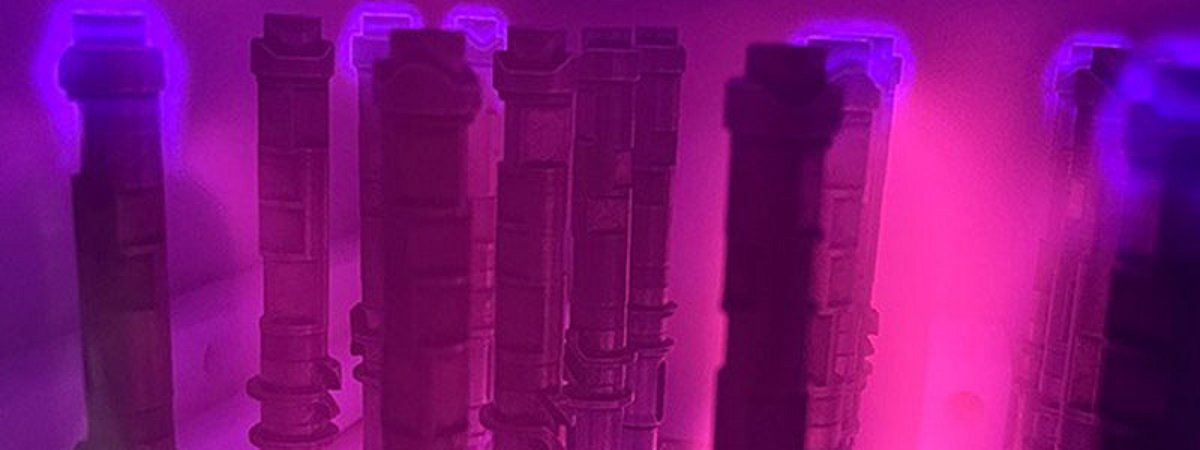Fraunhofer IST: Plasma system for reliable bicycle technology

Liquid sealants often reach the limits of their adhesive strength in compact bicycle transmissions. Fraunhofer IST, Rohloff and Tantec have developed a solution using the COAD process in the VacuTEC2020+ plasma system that specifically activates metallic surfaces for sealants.
In high-precision bicycle transmissions, all components must function reliably in the tightest of spaces - even where the installation space does not permit the use of conventional shaft seals. In such cases, liquid sealants are used, but their adhesion to metallic surfaces is often challenging. Together, the Fraunhofer Institute for Surface Engineering and Thin Films IST, Rohloff AG and the Danish plant manufacturer Tantec A/S have now realized an innovative solution that specifically improves the adhesive strength of these sealants. In a specially developed plasma system - the new VacuTEC2020+ designed for COntrolled ADhesion - a coating process (COAD) developed by the Fraunhofer IST is used to ensure reliable adhesion of the sealant to the rolling bearing steel. The system has been in use at the Rohloff AG site in Fuldatal since June 2024 - with resounding success.
Plasma technology improves adhesive strength
The path to the solution was anything but trivial: neither wet chemical cleaning processes nor conventional plasma treatments led to satisfactory results. The challenge: the sealant simply did not adhere optimally to the ground surface of the bearing - even after intensive pre-treatment. The use of the COAD process turned things around. This is a dry plasma process specially developed at the Fraunhofer IST, in which the individual cleaning and coating steps are fully automated and run one after the other. In the first step, impurities are removed from the surface. A so-called precursor is then introduced, which is activated by the plasma and creates an extremely thin, highly reactive layer on the surface. Thanks to its high reactivity, this layer significantly improves the adhesion between the component and the sealant - without any solvents or energy-intensive intermediate steps. "COAD is a real game changer for industrial surface functionalization," explains Prof. Dr. Michael Thomas, Head of the Circular Products and Processes department at the Fraunhofer IST. "The great advantage lies in the combination of high chemical reactivity and stability and the ability to tailor the process precisely to a wide range of applications - without additional cleaning or drying steps."
New plasma system as a joint project
The implementation was a joint project: Tantec A/S supplied the VacuTEC 2020 as the basic system and adapted the system technology and software for the new process. The Fraunhofer IST not only developed the COAD process, but also the coating unit and the system base frame, optimized the process parameters and trained the personnel. Rohloff tested the coating in terms of adhesion and quality and integrated the system into its own production. "It was crucial for us to find a reliable and sustainable solution that could be integrated directly into our production. The new system is therefore a real step forward: it not only significantly improves the adhesion of the sealants, but also reduces the amount of post-processing required," says Mathias Gleim, Technical Manager at Rohloff AG. The COAD process is not only technically convincing, but also ecological: it does not require any solvents, does not need any complex drying processes and - especially when using renewable energies - only causes very low CO₂ emissions. It can also be flexibly adapted to different materials, component sizes and quantities.
